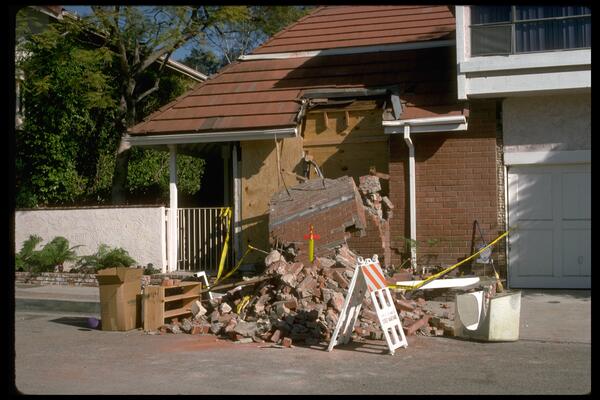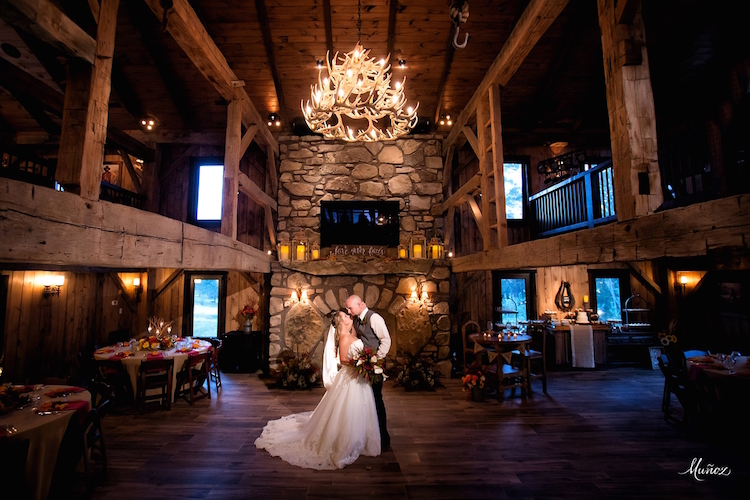Introduction
House shaking, also known as home vibration or tremors, can be a disconcerting experience for homeowners. Whether it’s subtle vibrations felt occasionally or more pronounced shaking that raises concerns about structural integrity, understanding the causes, implications, and remedies for house shaking is essential. Complete Handbook on House Shaking, we delve into the various aspects of house shaking, providing insights, guidance, and practical tips for homeowners.
1. Understanding House Shaking
House shaking refers to the perceptible movement or vibration of a residential structure. It can manifest in different forms, including mild tremors, rhythmic vibrations, or sudden jolts. While some instances of house shaking may be benign and temporary, others may indicate underlying issues with the building’s foundation, structure, or nearby environmental factors.
2. Common Causes of House Shaking
Numerous factors can contribute to house shaking, ranging from natural phenomena to human activities. Some common causes include:
- Earthquakes: Seismic activity, even at a distance, can induce vibrations that propagate through the ground and affect buildings.
- Construction Work: Nearby construction projects involving heavy machinery, drilling, or pile driving can generate vibrations that transfer to neighboring properties.
- Traffic and Transportation: Highways, railways, and heavy traffic areas can produce continuous vibrations, particularly if the house is situated close to these transportation routes.
- Blasting: Mining, quarrying, or demolition activities that involve blasting can generate shockwaves that reverberate through the ground, causing nearby structures to shake.
- Soil Conditions: Properties built on unstable or expansive soils may experience settlement or shifting, leading to structural movement and vibrations.
3. Assessing the Severity of House Shaking
Determining the severity of house shaking is crucial for evaluating potential risks and taking appropriate action. Homeowners can assess the magnitude and frequency of shaking, observe any accompanying signs of structural damage or distress, and monitor for patterns or triggers that may exacerbate the vibrations. Consulting with structural engineers or building inspectors can provide professional insights into the underlying causes and implications of house shaking.
4. Implications for Structural Integrity
While occasional vibrations may not pose immediate threats to structural integrity, persistent or intense shaking can lead to damage and compromise the stability of a building. Common signs of structural distress associated with house shaking include cracks in walls, ceilings, or foundations, uneven floors, doors and windows that stick or jam, and visible shifting or settling of the structure. Prompt identification and mitigation of these issues are essential to prevent further damage and ensure the safety of occupants.
5. Mitigating House Shaking
Addressing house shaking often involves a combination of preventive measures, structural reinforcements, and environmental modifications. Some effective strategies include:
- Foundation Inspection: Conducting regular inspections of the foundation to identify and address any issues such as settlement, cracks, or soil instability.
- Structural Upgrades: Strengthening the building’s structural elements, such as walls, beams, and connections, to improve resilience against vibrations and seismic forces.
- Vibration Isolation: Installing vibration isolation devices or dampers to mitigate the transmission of vibrations from external sources to the building’s structure.
- Retrofitting: Implementing retrofit measures, such as adding shear walls, bracing systems, or foundation underpinning, to enhance the building’s resistance to seismic events or ground motion.
- Landscaping: Modifying the surrounding landscape by planting trees, shrubs, or barriers to absorb or deflect vibrations and reduce their impact on the house.
6. Seeking Professional Assistance
When dealing with house shaking, homeowners are encouraged to seek professional assistance from qualified engineers, geologists, or contractors with expertise in structural dynamics and foundation engineering. These professionals can conduct thorough assessments, provide tailored recommendations, and oversee remediation efforts to address the underlying causes of house shaking effectively.
7. Ensuring Peace of Mind
Ultimately, addressing house shaking is essential not only for preserving the structural integrity of a home but also for ensuring the safety and well-being of its occupants. By understanding the causes, implications, and mitigation strategies associated with house shaking, homeowners can take proactive steps to safeguard their homes and enjoy peace of mind knowing that their property is resilient and secure.
Conclusion
In conclusion, house shaking is a multifaceted issue that requires careful consideration and proactive intervention to address effectively. By gaining a deeper understanding of its causes, implications, and mitigation strategies, homeowners can take informed actions to protect their homes and ensure the safety and comfort of their families. With vigilance, professional guidance, and appropriate measures, house shaking can be mitigated, allowing homeowners to enjoy their homes with confidence and security



